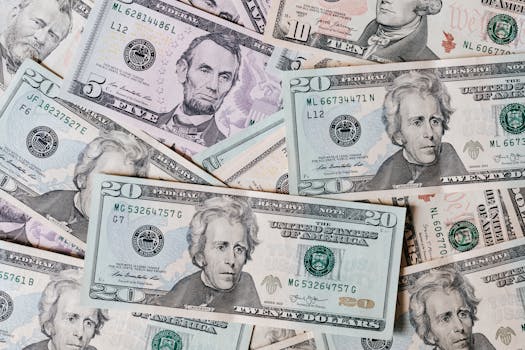Emergency Fund Mastery: Preparing for the Unexpected by 2025
In today’s unpredictable world, having an emergency fund is more crucial than ever. By 2025, financial experts predict that the need for a solid financial safety net will be undeniable. This guide will walk you through the steps to master your emergency fund, ensuring you’re prepared for whatever life throws your way.
Why an Emergency Fund is Essential by 2025
The financial landscape is rapidly changing, with uncertainties like global economic shifts, health crises, and personal emergencies becoming more common. An emergency fund acts as a buffer, protecting you from unforeseen expenses without the need to rely on high-interest loans or credit cards.
How Much Should You Save?
Financial advisors often recommend saving enough to cover 3 to 6 months of living expenses. However, by 2025, aiming for a 6 to 12-month cushion might be more prudent, given the increasing cost of living and potential for unexpected events.
Steps to Build Your Emergency Fund by 2025
Building an emergency fund might seem daunting, but by breaking it down into manageable steps, you can achieve your goal by 2025. Start by assessing your monthly expenses, setting a savings goal, and automating your savings to make the process effortless.
1. Assess Your Monthly Expenses
Begin by calculating your essential monthly expenses, including rent, utilities, groceries, and any other necessities. This will give you a clear target for your emergency fund.
2. Set a Realistic Savings Goal
Based on your monthly expenses, set a savings goal that covers at least 6 months of living costs. Remember, it’s better to start small and increase your savings over time than to not start at all.
3. Automate Your Savings
Automating your savings can help you stay consistent without having to think about it. Set up a direct transfer from your checking to your savings account right after payday.
Where to Keep Your Emergency Fund
Your emergency fund should be easily accessible but separate from your everyday checking account to avoid temptation. Consider high-yield savings accounts or money market accounts for better interest rates while keeping your funds liquid.
Common Mistakes to Avoid
Avoid these common pitfalls when building your emergency fund: dipping into it for non-emergencies, not adjusting your savings as your expenses change, and keeping all your savings in an account with low interest.
Final Thoughts
By starting now and following these steps, you can master your emergency fund by 2025, ensuring you’re prepared for the unexpected. Remember, the peace of mind that comes with financial security is priceless.
